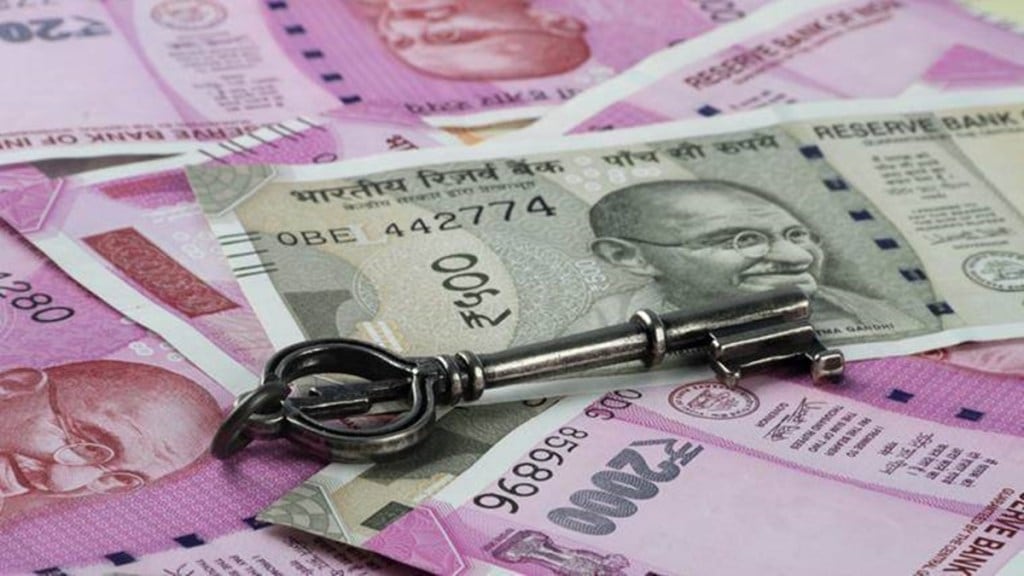Despite a fiscally sweet spot, states’ capital expenditure remained subdued in the financial year that ended on March 31 (FY23) as they sought to use the rebound in their financial health to keep the fiscal deficit in check.
While the Centre and the central public sector undertakings (CPSEs) maintained their momentum, the combined capex of 19 states, reviewed by FE, contracted marginally in FY23 to around Rs 4.55 trillion, compared with about 26% growth in FY22. These states represent about 90% of the country’s GDP.
Also read: Summer crop area dips marginally
Including the Rs 71,000 crore 50-year interest-free capex loans by the Centre — which are accounted for once the funds are disbursed by the Centre — capex by these states grew by about 12% on year in FY23 to about Rs 5.26 trillion.
Capital spending by states saw a robust 31.7% growth on-year at Rs 5.89 trillion in FY22 (including Rs 15,000 crore capex support given by the Centre). Strong growth in tax and non-tax revenues, coupled with higher tax devolution and advancement of GST compensation, provided the required fiscal space to accelerate capex. The consolidated capital outlay of the states was budgeted to grow by 38.4% on-year to Rs 8.19 trillion in FY23.
States’ capex, including central support, going by the trends in all states, will be around Rs 5.81 trillion in FY23. Excluding central support, their capex could be around Rs 5 trillion.
The realisation that states are reducing their own capex after getting central aid for asset creation has led the Union government to tighten rules for availing the grant-like capex support in FY24. Accordingly, the release of Rs 33,300 crore or a third of the Rs 1 trillion untied capex loans to states are linked to their incremental capex in FY24.
Notably, these 19 states reported a solid 15.4% growth in their tax revenues in FY23 at Rs 24.3 trillion, upon the 32.7% growth recorded in the previous year.
While the states compressed capex as well as borrowings, they used the revenue buoyancy in FY23 to meet double-digit expansion in revenues expenditure such as on pension and subsidies. As against their borrowing target of Rs 9.9 trillion in FY23, the 19 states borrowed Rs 6.4 trillion or 64%.
Also read: Angel tax impact: More startups to set up shop in GIFT City
These states — Uttar Pradesh, Gujarat, Andhra Prad esh, Maharashtra, Madhya Pradesh, Karnataka, Tamil Nadu, Odisha, Telangana, Kerala, Rajasthan, West Bengal, Punjab, Chattisgarh, Haryana, Assam, Jharkhand, Uttarakhand, Himachal Pradesh — revenue spending rose 11.5% on year with subsidies rising by 18%.
Uttar Pradesh, which had a massive capex target of Rs 1.36 trillion for FY23, has achieved Rs 0.94 trillion or 69% of the annual target while Maharashtra achieved Rs 61,591 crore or 73% of the annual target of Rs 84,679 crore.
With the fiscal deficit (2.8% in FY22) of the states rebounding to pre-pandemic level, aided by buoyant revenue collections and prudent expenditure management, a Reserve Bank of India report recently said states should mainstream capital expenditure planning rather than treating them as “residuals and first stops” for cutbacks to meet budgetary targets.
Going by the trends in borrowings by the 19 states, the states are likely to report a fiscal deficit of 2.6% of GSDP for FY23, well below the 3.5% permitted to them for the year.
The Centre almost achieved its capex target of Rs 7.28 trillion in FY23 while the CPSEs and departmental arms including railways and NHAI achieved Rs 6.48 trillion capex targets for the year.
The contribution of Gross Fixed Capital Formation (GFCF) to the growth momentum softened as its share in the real GDP moderated from 34.2% in Q2 FY23 to 31.8% in Q3, a four-quarter low.
The Centre has raised the capital expenditure target by 37% on year to a whopping Rs 10 trillion for FY24 to continue the public investment-led economic recovery post-pandemic.

